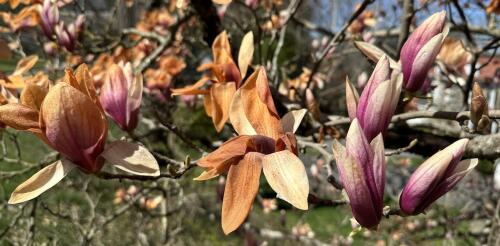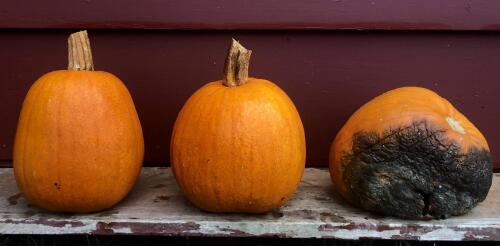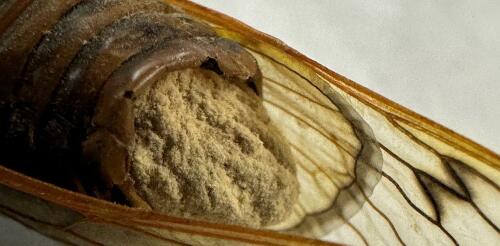Fungi
With the arrival of spring in North America, many people are gravitating to the gardening and landscaping section of home improvement stores, where displays are overstocked with eye-catching seed packs and benches are filled with potted annuals and perennials. But some plants that once thrived in your yard may not flourish there now. To understand why, look to the U.S. Department of Agriculture’s recent update of its plant hardiness zone map, which has long helped gardeners and growers figure out which plants are most likely to thrive in a given location. The 2023 USDA plant hardiness zone map shows the areas where plants can be expected to grow, based on extreme winter temperatures. Darker shades (purple to blue) denote colder zones, phasing southward into temperate (green) and warm zones (yellow and orange). USDA Comparing the 2023 map to the previous version from 2012 clearly shows that as...
King Solomon may have gained some of his famed wisdom from an unlikely source – ants. According to a Jewish legend, Solomon conversed with a clever ant queen that confronted his pride, making quite an impression on the Israelite king. In the biblical book of Proverbs (6:6-8), Solomon shares this advice with his son: “Look to the ant, thou sluggard, consider her ways and be wise. Which having no guide, overseer, or ruler, provideth her meat in the summer, and gathereth her food in the harvest.” While I can’t claim any familial connection to King Solomon, despite sharing his name, I’ve long admired the wisdom of ants and have spent over 20 years studying their ecology, evolution and behaviors. While the notion that ants may offer lessons for humans has certainly been around for a while, there may be new wisdom to gain from what scientists have learned about their biology. Ants have evolved highly complex social organizations...
For many Americans, pumpkins mean that fall is here. In anticipation, coffee shops, restaurants and grocery stores start their pumpkin flavor promotions in late August, a month before autumn officially begins. And shoppers start buying fresh decorative winter produce, such as pumpkins and turban squash, in the hot, sultry days of late summer. But these fruits – yes, botanically, pumpkins and squash are fruits – don’t last forever. And they may not even make it to Halloween if you buy and carve them too early. As a plant pathologist, gardener and self-described pumpkin fanatic, I have both boldly succeeded and miserably failed at growing, properly carving and keeping these iconic winter squash in their prime through the end of October. Here are some tips that can help your epic carving outlast the Day of the Dead. This jack-o’-lantern carved from a pumpkin with a preexisting fungal disease, southern blight, is sho...
Curious Kids is a series for children of all ages. If you have a question you’d like an expert to answer, send it to curiouskidsus@theconversation.com. Is a zombie apocalypse caused by fungi, like the Cordyceps from “The Last of Us,” something that could realistically happen? – Jupiter, age 15, Ithaca, New York Zombies strike fear into our hearts – and if they’re persistent, eventually they get inside our heads. Animals taken over by zombies no longer control their own bodies or behaviors. Instead, they serve the interests of a master, whether it’s a virus, fungus or some other harmful agent. The term “zombi” comes from Vodou, a religion that evolved in the Caribbean nation of Haiti. But the idea of armies of undead, brain-eating human zombies comes from movies, such as “Night of the Living Dead,” television shows like ̶...


